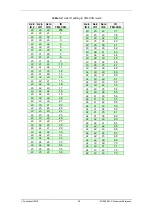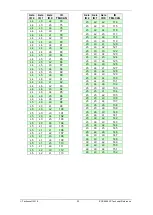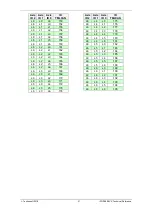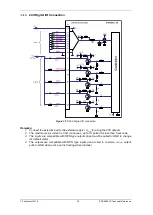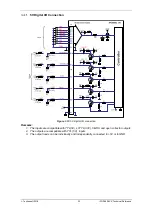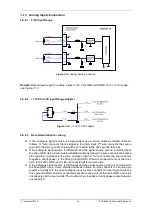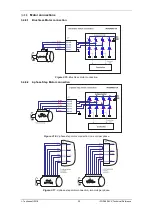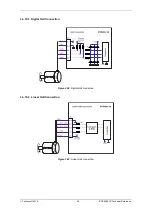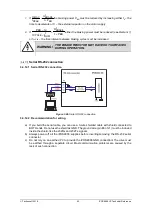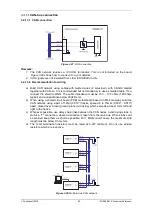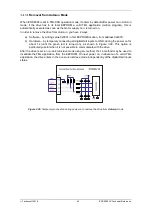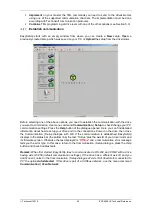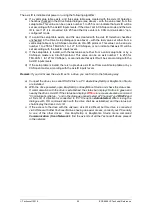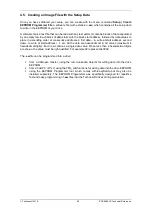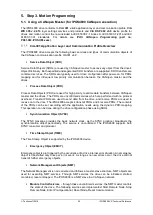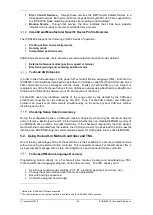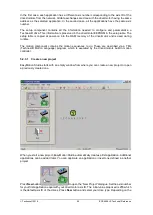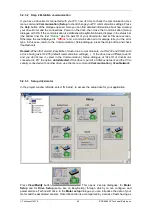
Technosoft 2018
43
iPOS4808 VX Technical Reference
CAN-bus connection
3.4.13.1 CAN connection
Figure 3.27. CAN connection
Remarks:
1. The CAN network requires a 120-Ohm terminator. This is not included on the board.
Figure 3.28 shows how to connect it on your network
2. CAN signals are not insulated from other iPOS4808 circuits.
3.4.13.2 Recommendation for wiring
a) Build CAN network using cables with twisted wires (2 wires/pair), with CAN-Hi twisted
together with CAN-Lo. It is recommended but not mandatory to use a shielded cable. If so,
connect the shield to GND. The cable impedance must be 105 ... 135 ohms (120 ohms
typical) and a capacitance below 30pF/meter.
b) When using a printed circuit board (PCB) motherboard based on FR-4 material, build the
CAN network using a pair of 12mil (0.012”) tracks, spaced 8 to 10mils (0.008”…0.010”)
apart, placed over a local ground plane (microstrip) which extends at least 1mm left and
right to the tracks.
c) Whenever possible, use daisy-chain links between the CAN nodes. Avoid using stubs. A
stub is a "T" connection, where a derivation is taken from the main bus. When stubs can’t
be avoided keep them as short as possible. For 1 Mbit/s (worst case), the maximum stub
length must be below 0.3 meters.
d) The 120
Ω
termination resistors must be rated at 0.2W minimum. Do not use winded
resistors, which are inductive.
Figure 3.28. Multiple-Axis CAN network

